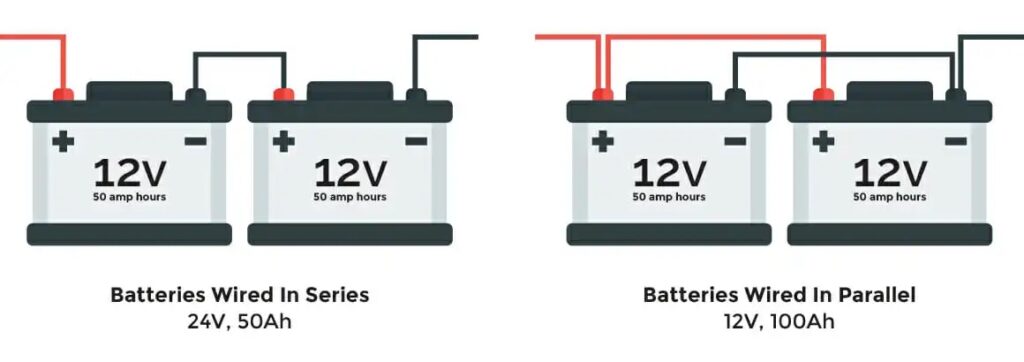Yes, lead-acid batteries are suitable for both series and parallel connections, and they are commonly used in both configurations for various applications. However, it’s important to understand the characteristics and limitations of lead-acid batteries when considering series or parallel connection.
- Series Connection: Lead-acid batteries can be connected in series to increase the total voltage output while keeping the capacity (ampere-hours) the same. This configuration is often used in applications where higher voltages are required, such as in automotive, marine, and solar energy systems. However, it’s essential to ensure proper balancing and monitoring to prevent issues like overcharging or imbalance among the batteries.
- Parallel Connection: Lead-acid batteries can also be connected in parallel to increase the total capacity (ampere-hours) while maintaining the same voltage output. This configuration is beneficial for applications requiring higher current output or longer runtime, such as in backup power systems or electric vehicles. Care must be taken to match batteries with similar characteristics and to implement proper balancing and monitoring to prevent issues like uneven charging/discharging and overloading.
While lead-acid batteries can be connected in series or parallel, it’s crucial to consider factors such as the specific requirements of the application, the voltage and current demands, the available space, and the maintenance and safety considerations when determining the most suitable configuration. Additionally, proper installation, monitoring, and maintenance practices should be followed to ensure the safe and efficient operation of the battery system.


